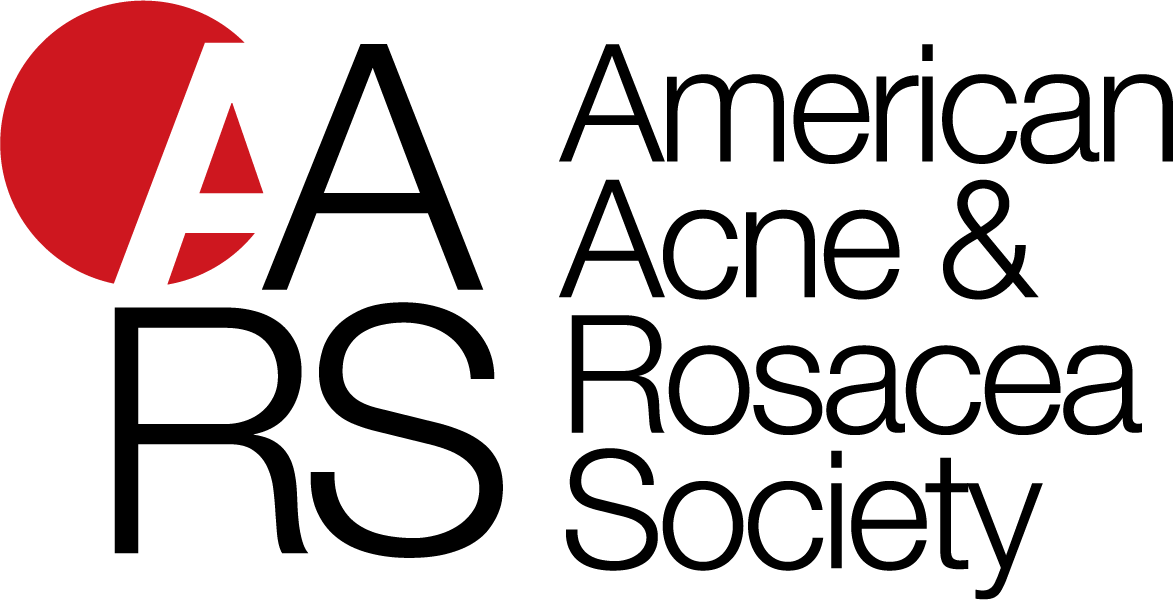Ki-Young Suh, MD
University of California Los Angeles (UCLA), David Geffen School of Medicine, Dept. of Dermatology
2014 Research Grant Recipient
Research Grant Proposal
Mobile Device Application for Acne
Treatment of acne vulgaris can be challenging in young adults due to lack of compliance and adherence to therapy and follow-up visits. We propose that a novel Mobile Device Application for Acne (MDAA) can be used as an acceptable alternative to standard clinic visits, improve compliance, and encourage continuous self-care. Ultimately this may result in fewer clinic visits. The MDAA will provide reminders for self-care and upcoming appointments, record patients’ reported adverse effects, provide guidance for managing adverse effects, and alert the user when it may be necessary to contact the physician’s office. Using this information, the treating physician will tailor the medication regimen to the specific needs of the patient.
This pilot program will ask 30 participants to use text messaging on a mobile device (such as a mobile telephone) to supplement the traditional office visit. At the first visit, the participants will complete a survey regarding past therapy for acne, satisfaction with therapy, adherence to therapy, and the use of text messaging. Once a treatment plan has been formulated, the participant will be instructed on how to use the MDAA, the individual treatment plan will be uploaded to the central server, and the participant will receive daily, customized text messages for the first two weeks, then weekly messages. These messages will provide reminders about correct use of medication, inquire about adherence and side effects, and send encouraging remarks, tailored to the participant’s individual treatment plan. Any data the participant enters will be uploaded to a central server for review by the physician at week 2, and at clinic visits at weeks 6, 12 and 24. The specific needs of the patients can therefore be determined, and adjustments to treatment plan and protocol can be made accordingly. At each follow up visit the patient will complete a survey regarding adherence to therapy and satisfaction with the program in addition to the traditional medical evaluation.
We expect that the patients will find the use of MDAA a good alternative, if not preferable, method of follow-up care, thereby resulting in improved compliance to treatment plans and the acne itself. This MDAA may be of particular benefit to treat acne patients with limited access to health care. We hope to expand the use of the mobile device application to other skin disorders in the future.




